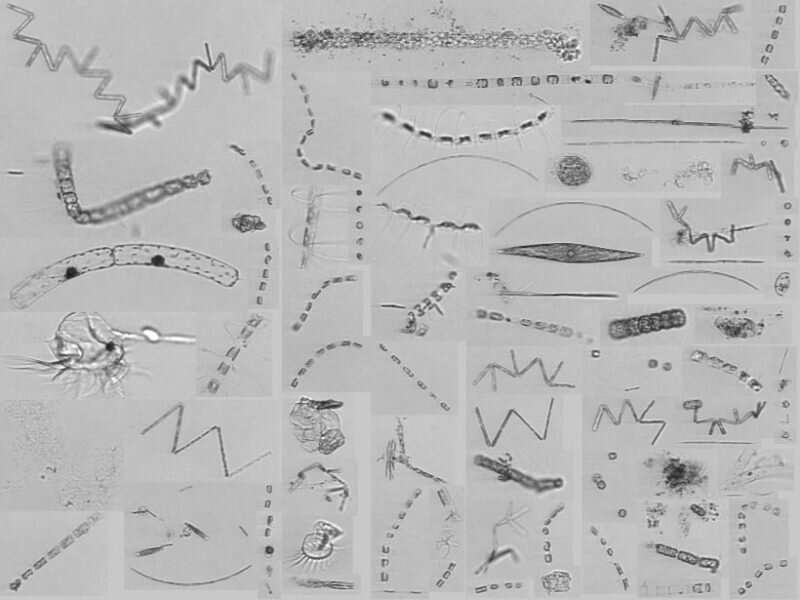Gulf Stream intrusions feed diatom hot spots

The Gulf Stream, which has reliably channeled warm water from the tropics northward along the East Coast of North America for thousands of years, is changing. Recent research shows that it may be slowing down, and more and more often, the current is meandering into the Mid-Atlantic Bight—a region on the continental shelf stretching from North Carolina to Massachusetts and one of the most productive marine ecosystems in the world.
Previous studies have suggested that this intrusion of Gulf Stream water, which is comparatively low in nutrients at the surface, could hamper productivity. But in a new study, Oliver et al. found that intrusions of deeper, nutrient-rich Gulf Stream water can also feed hot spots of primary productivity.
By analyzing data collected by R/V Thomas G. Thompson in July of 2019, the team spotted a series of hot spots about 50 meters below the surface, just east of a large eddy known as a warm-core ring. This ring had formed off the side of the Gulf Stream current and was pushing westward toward the continental shelf, drawing cool water into the slope region off the edge of the shelf.
The hot spots had chlorophyll levels higher than those typically seen in the slope region and were packed with a diverse load of diatoms, a class of single-celled algae. Studying images of the hot spots, the team found that the colony-forming diatom Thalassiosira diporocyclus was an abundant type in the hot spots.
The researchers used a model that combined upper ocean and biogeochemical dynamics to support the idea that the upwelling of Gulf Stream water moving northward into the Mid-Atlantic Bight could cause the hot spots to form. The study demonstrates how Gulf Stream nutrients could influence subsurface summer productivity in the region and that such hot spots should be taken into account when researchers investigate how climate change will reshape circulation patterns in the North Atlantic.
More information: Hilde Oliver et al, Diatom Hotspots Driven by Western Boundary Current Instability, Geophysical Research Letters (2021). DOI: 10.1029/2020GL091943
Journal information: Geophysical Research Letters
Provided by American Geophysical Union
This story is republished courtesy of Eos, hosted by the American Geophysical Union. Read the original story here.




















